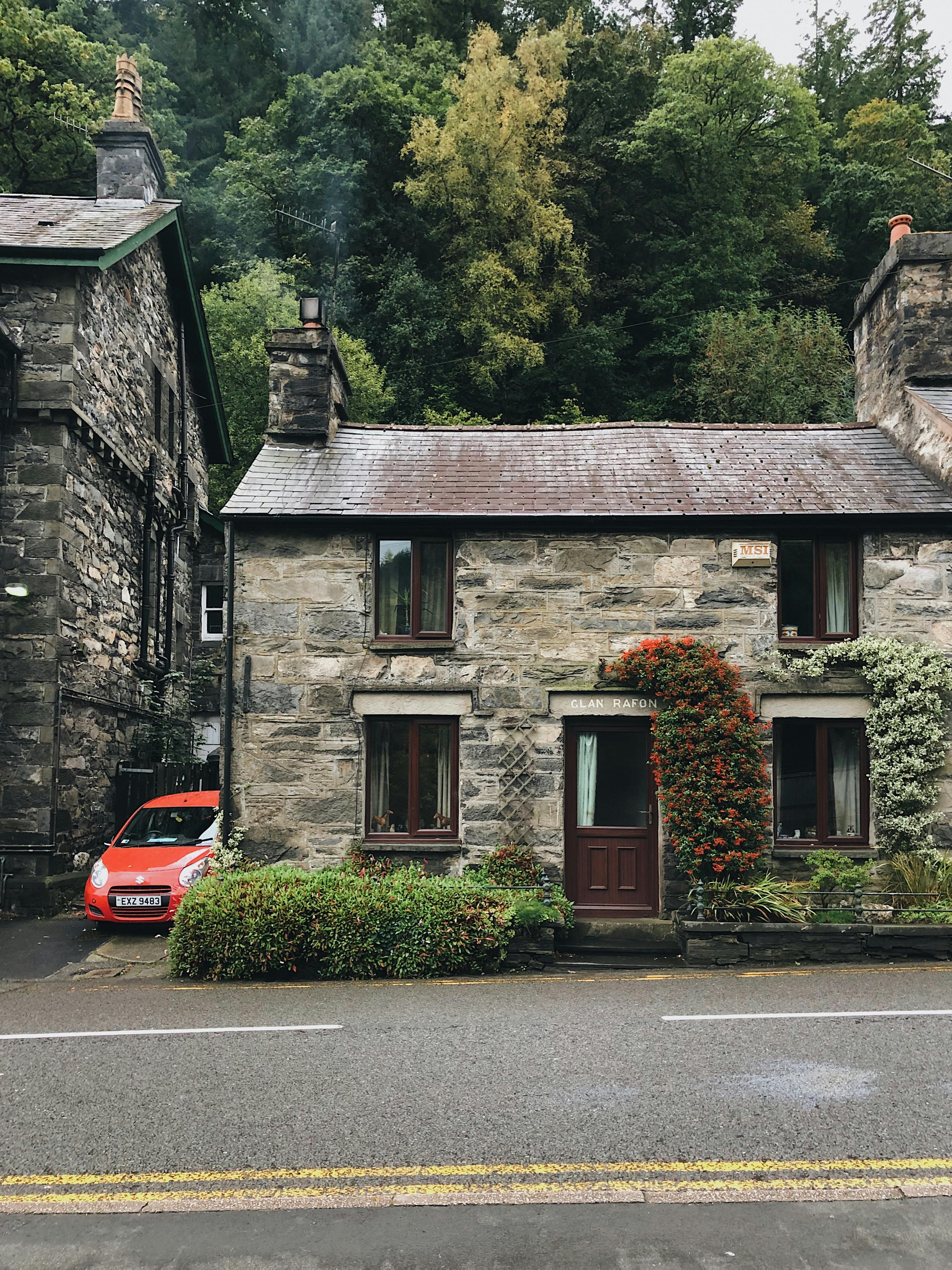Your Guide to Profitable Buy-to-Let Investments
Introduction to Buy-to-Let Investments
Buy-to-let property remains one of the most established routes for generating rental income and building long-term value through property ownership. By purchasing residential properties to let, investors can earn regular income from tenants while holding assets that may appreciate over time, depending on market conditions. This approach appeals to both new and experienced investors seeking a tangible, income-producing asset within the UK property market.

Financial Benefits of Buy-to-Let Investments
Buy-to-let investments can generate income through rental yield while also offering the potential for long-term capital growth. Rental yield provides ongoing cash flow from tenants, while capital appreciation can increase the property’s overall value over time.
For illustration, if a property purchased at £200,000 were to appreciate by 5% in a given year, that would equate to an increase of around £10,000 in value, alongside any rental income received (for example, £12,000 annually). This example is for demonstration purposes only. Actual performance depends on property condition, location, market demand, and management efficiency.
It is also important to recognise that several costs will affect the overall return on investment. These may include mortgage interest, insurance, maintenance, management fees, renovation costs, and periods of vacancy. Each investor’s results will vary depending on their circumstances and approach.
For a practical overview, see our Leeds Buy-to-Let Investment Breakdown, which includes a detailed five-year costing model and explanation of how different scenarios can impact results.

.jpg)
Key Factors to Consider When Choosing a Buy-to-Let Property
When selecting a buy-to-let property, it’s important to evaluate elements such as location, target tenant type, and overall property appeal. Understanding these factors can help investors make informed choices and improve the likelihood of consistent occupancy and stable rental income.
Location: Areas with strong rental demand, such as those near universities, transport links, or business centres, tend to attract reliable tenant interest and support long-term value potential.
Tenant Type: Different tenant groups, such as families, students, or young professionals, have varying priorities, rental expectations, and tenancy lengths. Recognising these differences can help align a property with suitable demand.
Property Appeal: Features such as modern amenities, efficient layouts, and proximity to essential services can enhance a property’s appeal and encourage longer tenancies.
Financing Options for Buy-to-Let Properties
There are a range of financing options available to property investors, and the right approach depends on individual circumstances, affordability, and long-term goals. The following are among the most common for buy-to-let properties:
Interest-Only Mortgages: Typically offer lower monthly payments, improving short-term cash flow, but the loan principal must be repaid at the end of the term.
Repayment Mortgages: Involve higher monthly payments but gradually reduce the loan balance, resulting in full ownership over time.
Cash Purchases: Provide complete ownership from the outset and can simplify the buying process. However, using mortgage finance may allow investors to release equity and expand their portfolio more strategically.
Each funding route comes with different costs, eligibility criteria, and risk considerations. Investors should explore multiple options and seek independent professional advice before committing to any financial arrangement.


Legal Responsibilities of Buy-to-Let Landlords
Owning a buy-to-let property involves a number of ongoing legal and regulatory responsibilities. Landlords must ensure that each property is safe, compliant, and well-maintained throughout the tenancy. This includes meeting fire, gas, and electrical safety standards, maintaining a valid Energy Performance Certificate (EPC), and arranging suitable insurance cover.
Tenancy agreements should clearly outline responsibilities for both landlord and tenant to ensure a transparent and fair arrangement. Beyond HMOs, where licensing is already standard, several councils have now introduced selective licensing schemes that also apply to traditional buy-to-let properties. These schemes vary by region and can add additional costs, such as annual or renewal fees, that landlords need to account for when assessing returns.
Keeping up to date with evolving regulations on energy efficiency, tenant rights, and property standards helps landlords protect their investments and maintain good tenant relationships. Many investors choose to work with trusted property managers or sourcing partners who can help ensure ongoing compliance and peace of mind.
Transform your home with our property sourcing solutions
Challenges of Buy-to-Let Investments
While buy-to-let properties can offer attractive income potential, they also come with practical and financial challenges that investors should consider as part of their planning.
Tenant Turnover: Frequent tenant changes can lead to short vacancy periods, additional marketing costs, and the need for redecoration or repairs between lets.
Maintenance and Repairs: Regular upkeep is essential to protect the property’s value and maintain tenant satisfaction but can increase annual expenses, especially in older buildings.
Legal Compliance: Landlords must stay informed about evolving local regulations, licensing requirements, and safety standards to avoid fines or disputes.
Understanding these challenges and budgeting for them in advance can help investors manage their portfolios more effectively and build long-term stability.

.jpg)
Tips for Maximising Buy-to-Let Returns
Here are several practical ways landlords often strengthen rental income and reduce vacancy periods:
Effective Management: Responding promptly to tenant needs and maintaining good communication can encourage renewals and improve occupancy stability.
Value-Add Renovations: Simple, well-planned upgrades such as refreshed décor, modern kitchens, and updated fixtures can enhance property appeal and support consistent rental demand.
Regular Financial Reviews: Reviewing rental rates, mortgage terms, and operational costs on a regular basis can help investors stay aligned with market trends and maintain healthy cash flow.
Allowing Time Before Remortgaging: In some cases, lenders offer more favourable rates once a property has been owned for six months or more. Investors should seek independent mortgage advice to understand what options may apply to their circumstances.
.avif)
Frequently Asked Questions
How much deposit is required for a buy-to-let mortgage?
Buy-to-let mortgages typically require a deposit of around 25%, although some lenders may consider a slightly lower amount depending on the applicant’s financial profile and the property’s rental performance.
What are rental yields, and how are they calculated?
Rental yield measures the return generated from rental income relative to a property’s value. It’s calculated by dividing the annual rental income by the purchase price and multiplying by 100. For example, a property valued at £200,000 with £12,000 annual rent achieves a 6% gross yield. Actual yields vary depending on expenses, location, and tenant demand.
How do buy-to-let investments differ from HMO investments?
Buy-to-let investments typically involve renting a whole property to a single household, while HMO (House in Multiple Occupation) properties are let by the room to multiple tenants. HMOs often achieve higher gross yields but come with greater management needs and regulatory requirements.
What are the tax implications for buy-to-let landlords?
Rental income from buy-to-let properties is subject to income tax, and landlords may also be liable for capital gains tax when selling. Mortgage interest relief and allowable expenses can affect overall tax liability. It’s recommended that investors seek advice from a qualified tax professional before making decisions.
What should I look for in a buy-to-let property location?
Consider areas with proven rental demand, good transport links, and access to local amenities. Locations near universities, business districts, or regeneration zones often experience consistent demand and long-term growth potential.
How do I minimise tenant turnover?
Maintaining the property to a high standard, addressing tenant concerns quickly, and setting fair, market-aligned rent levels can help reduce turnover. Offering longer tenancy options or small upgrades between lets can also encourage stability.
Can I manage a buy-to-let property myself or hire a management company?
Both approaches can work well. Self-management offers greater control and can reduce costs, while professional property management provides convenience and expertise, particularly for landlords with multiple properties or limited time.





